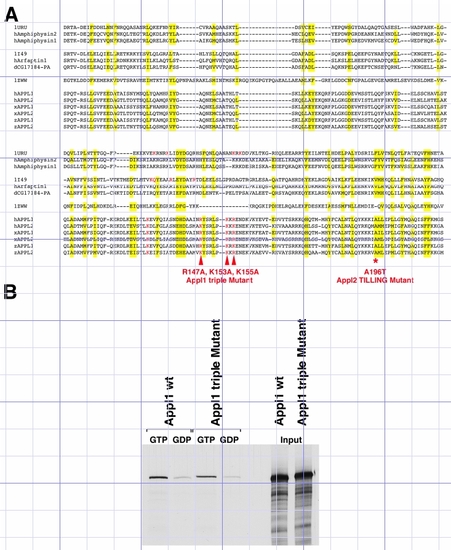Fig. S5
- ID
- ZDB-FIG-080508-13
- Publication
- Schenck et al., 2008 - The endosomal protein Appl1 mediates Akt substrate specificity and cell survival in vertebrate development
- Other Figures
- All Figure Page
- Back to All Figure Page
|
Appl mutants |
Reprinted from Cell, 133(3), Schenck, A., Goto-Silva, L., Collinet, C., Rhinn, M., Giner, A., Habermann, B., Brand, M., and Zerial, M., The endosomal protein Appl1 mediates Akt substrate specificity and cell survival in vertebrate development, 486-497, Copyright (2008) with permission from Elsevier. Full text @ Cell

